A growing wildfire crisis in Canada has now triggered evacuations in two provinces, forcing over 17,000 people to flee their homes. Saskatchewan declared a state of emergency Thursday, just one day after neighboring Manitoba did the same, citing one of the worst wildfire seasons in years.
Saskatchewan Premier Scott Moe called the situation “very serious,” warning that conditions could worsen with no rain in the forecast. Around 4,000 people have already evacuated the province, and more may follow.
In Manitoba, the emergency is even more intense. Entire towns and Indigenous communities have been evacuated, with military aircraft deployed to assist those in remote areas. Nearly 200,000 hectares of forest have already burned—triple the usual amount for this time of year.
“This is the largest evacuation Manitoba will have seen in most people’s living memory,” said Premier Wab Kinew, who also warned that fires are now affecting every region of the province—something he called a clear sign of a changing climate.
Thousands of evacuees arrived in Winnipeg, many with only the clothes on their backs. Emergency shelters have been set up, and local leaders are urging compassion. “Winnipeg will do what we’ve always done in times of crisis: open our doors and stand together,” said Mayor Scott Gillingham.
In Flin Flon, Manitoba’s largest evacuated town, flames crept within 500 meters of homes. Smoke made it impossible for water bombers to operate safely, according to Mayor George Fontaine. “It’s a very tense situation,” he said.
Across Canada, 163 wildfires are currently active—half of them considered out of control. Emergency officials and Red Cross teams say many evacuees are exhausted, uncertain whether they’ll have homes to return to.
With worsening weather and no rain in sight, the wildfire emergency remains fluid and dangerous—testing the resilience of communities and emergency response systems alike.








